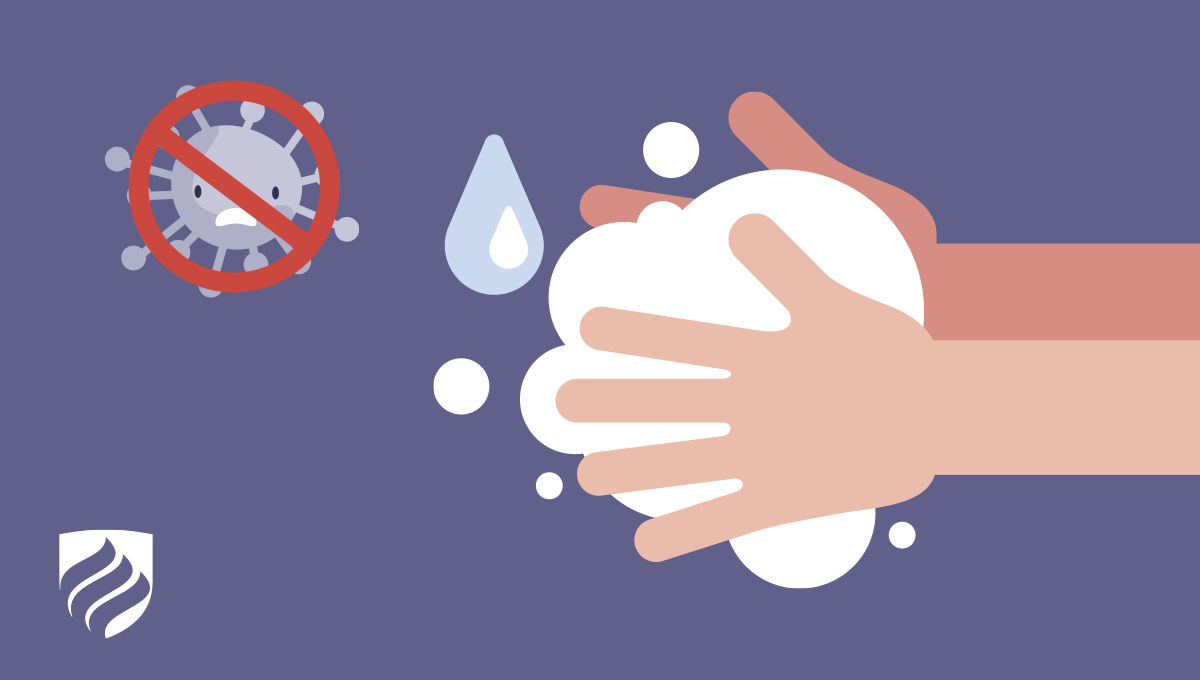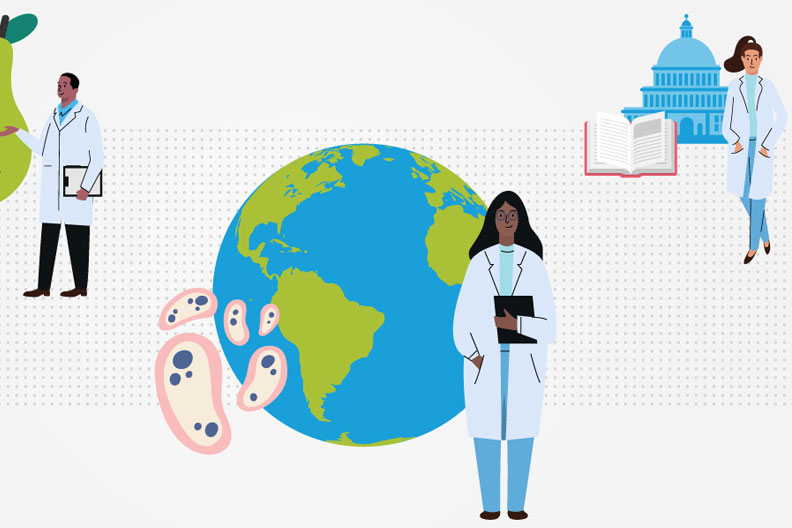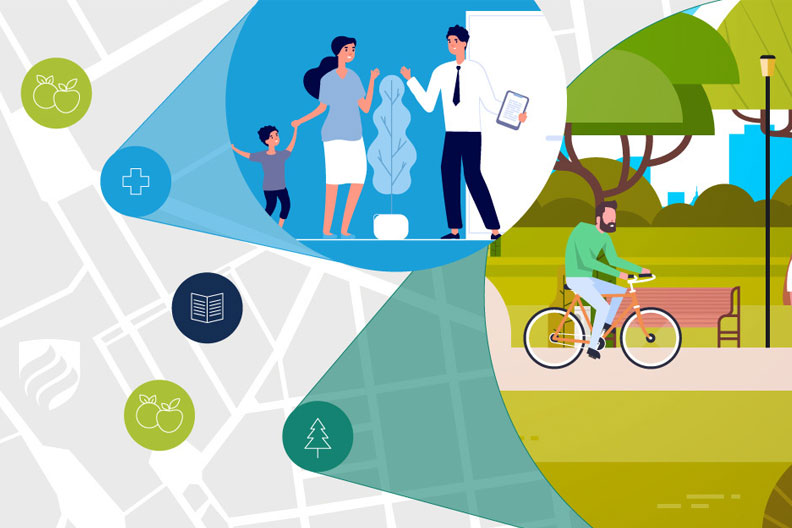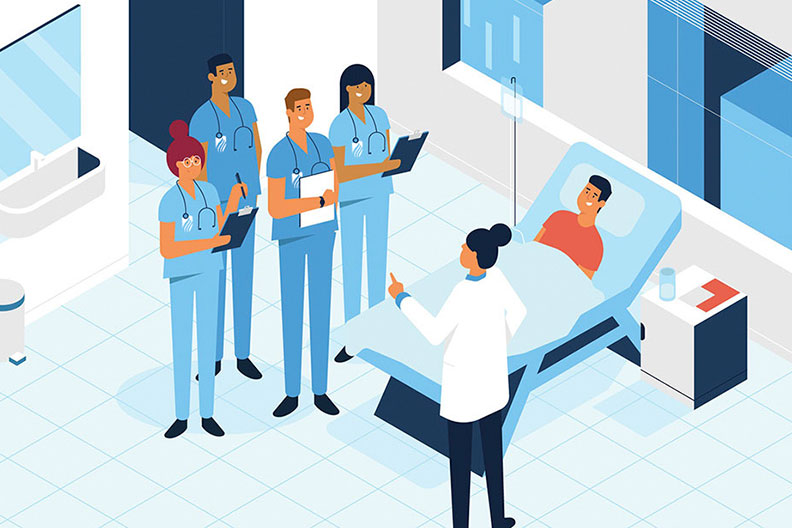Core Functions of Public Health in the Age of Coronavirus
BY MOLLY TRAN | PUBLIC HEALTH PROGRAM DIRECTOR | 5 MIN READ

The coronavirus pandemic is highlighting the urgent need for more public health professionals.
Beyond that, the global response to COVID-19’s spread has introduced the core functions of public health to people around the world, putting the different ways we communicate about health on full display.
Public health “promotes and protects the health of people and the communities where they live, learn, work and play.” While health care workers treat sick and injured patients, those in public health careers look at health problems from the level of populations—neighborhoods, regions, demographic groups, professions—and focus on preventing disease and promoting wellness.
So far, the epidemiologists, global health specialists, and health policymakers are the most visible in the response to COVID-19. But many others in our field do tireless work behind the scenes.
Questions of when to close schools and offices and how to protect the essential workers remaining on the job—grocery workers, truckers and transportation workers, health care workers, etc.—are the questions occupational health specialists deal with every day.
Community health specialists grapple with how to deliver food and essential services to the elderly and others who can’t leave home. They also think about how to protect the homeless, who are now more vulnerable than ever.
Social and behavioral scientists are figuring out how to decrease loneliness while we’re practicing social distancing—and how to get us to social distance in the first place.
Creating New Approaches to Public Health
We’ve seen public health professionals doing what they do best to try to prevent the spread of the virus. However, we’ve also seen that we need better approaches to convince people to act based on public health information.
I’m thinking of the burning match graphic that demonstrates why social distancing works. That animation, which has been making its way around my social media feed and that of many others, was created by a Spanish graphic designer.
 Molly Tran is the director of the public health program at Elmhurst University. She studies the occupational health of workers in the gig economy. You can hear her talk about the health and safety of gig economy workers during the coronavirus epidemic
Molly Tran is the director of the public health program at Elmhurst University. She studies the occupational health of workers in the gig economy. You can hear her talk about the health and safety of gig economy workers during the coronavirus epidemic 




Leave a Reply